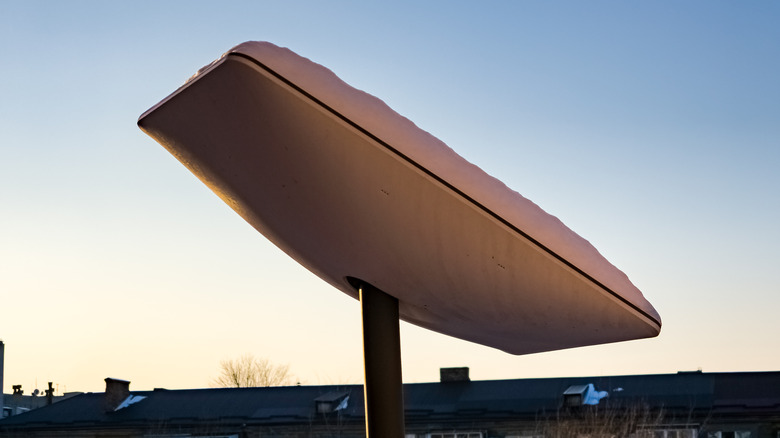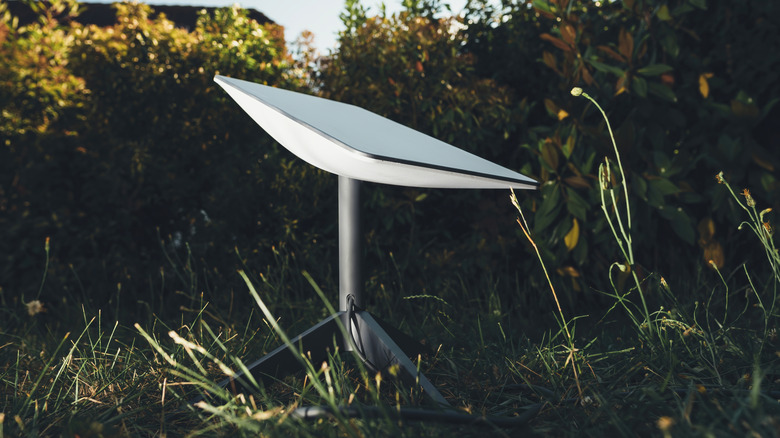Starlink Promised High Speed Internet - Here's What Owners Are Actually Getting
Starlink is one of the best internet services for digital nomads who are always on the road and those who live in more rural areas, where internet access can be hard to come by. This is true even if the company has alienated some of its users recently. There are a lot of advantages to having a satellite internet service, but speed has always been a key concern for users.
Satellite internet service is generally slower than the traditional terrestrial cable internet you get at home. Add in the higher latency inherent with the process of sending and receiving data beamed through space, and something like Starlink might not be for everyone.
So, what speeds can a potential user expect? On its website, Starlink says that users can see anywhere between 45 and 280 Mbps, depending on the plan they are subscribed to. While real-world performance varies, Ookla's Speedtest data shows an average speed of 104.71 Mbps in 2025. And with Starlink set to get a big network upgrade, users might be getting even higher numbers in the near future.
It's all about location
It might be surprising to many that Starlink users report a higher satisfaction rate with their internet service than even those using fiber optic. A 2024 report from Recon Analytics shows that consumers polled cite fewer service outages, great coverage in rural areas, and good bandwidth management during peak hours.
For its part, Starlink offers an availability map that shows prospective users the speeds that they can expect based on their address. Many users note that during regular hours, they almost always reach the speeds listed on the map, with that chance dropping to around 60% during hours of high demand.
But Starlink users on Reddit also note that the speeds can vary widely during any given day. The largest variable seems to be the time of day, with peak hours causing the most speed issues. Several users note that Starlink isn't for everyone, especially for those in urban areas where they experience the most speed and stability issues. For those in rural areas, though, Starlink is well-liked and often achieves much better and more consistent speeds.
What might lead to reduced Starlink speeds
When a company places a product in the perfect environment of a testing lab, chances are those results may come out more favorable than they would be in the real world. For its part, Starlink has a good track record with accuracy, with many users reporting that their speeds at times are often even better than advertised.
That said, Starlink is more susceptible to network congestion than a traditional terrestrial internet. This means that you can expect your speeds to be affected and slow down during peak hours, generally from around 6 p.m. to 11 p.m. The service also requires a clear line-of-sight from the dish to the satellite. If there are obstructions such as buildings or trees in your given area, you will see network degradation.
One of the largest factors when it comes to lower Starlink speeds is the weather. While terrestrial internet generally avoids most weather issues, Starlink isn't as lucky, as rain, snow, and even cloud cover will impact speeds. Starlink offers one of the best satellite internet services today in terms of speed and reliability, but with Amazon's Project Kuiper right around the corner, the fight for the fastest satellite internet speeds may just be getting started.


